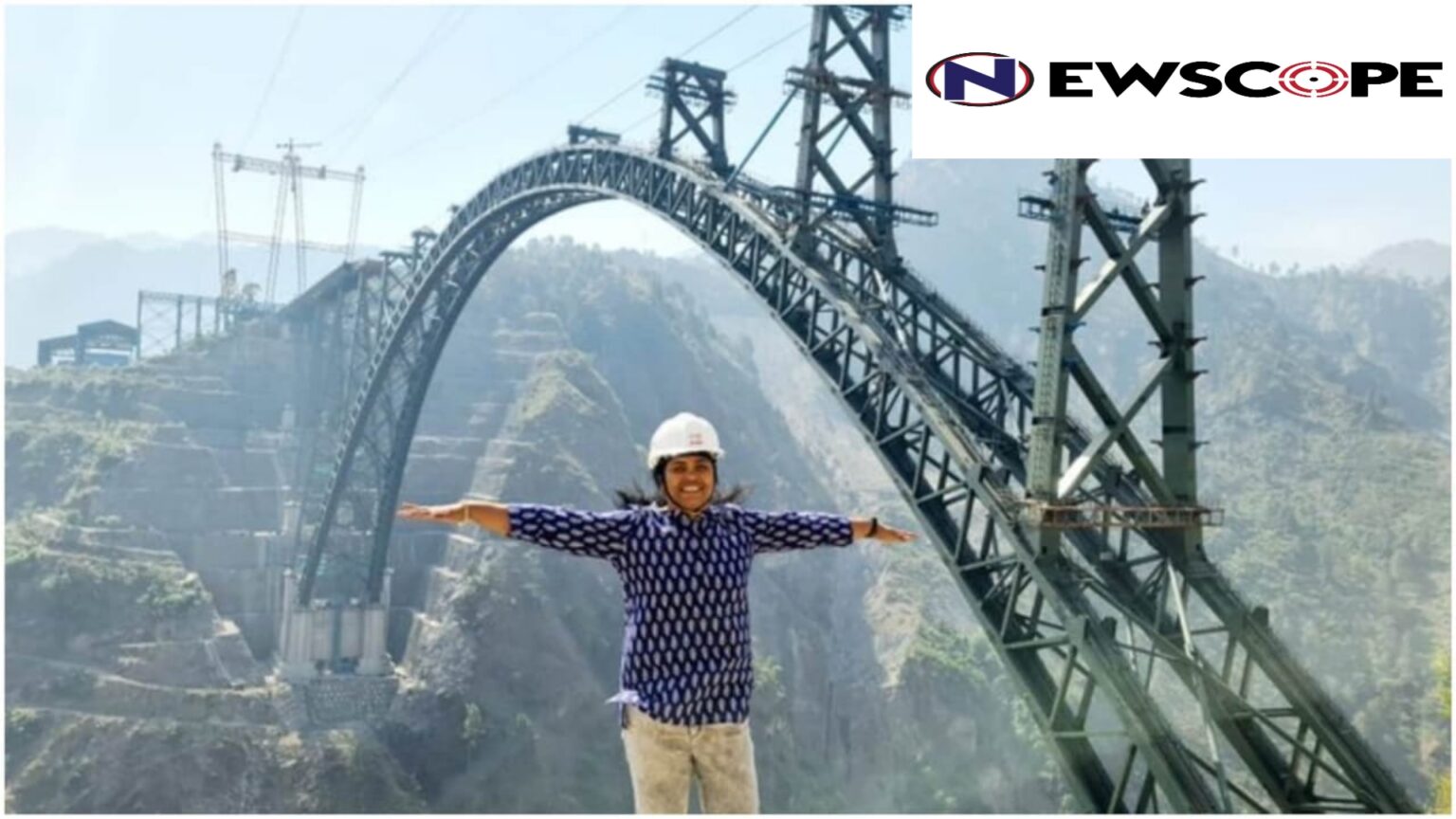As the rugged mountains of Jammu and Kashmir glisten at the first ray of the sun, the Chenab river carves its timeless path through the rough terrain. Prime Minister Narendra Modi has created history by unfurling the tricolor over the Chenab Rail Bridge, the worldÔÇÖs loftiest railway arch. Soaring a staggering 359 meters above the riverÔÇÖs azure ripples, the Udhampur Srinagar Baramulla Rail Link project is a 1,315m marvel. Taller than the Eiffel Tower by 35 meters, the chenab rail bridge is now the worldÔÇÖs highest railway arch bridge.┬á
The bridge halves travel time between Jammu and Srinagar establishing better connectivity thereby encouraging tourism. The Vande Bharat Metro train, set to operate on this route, will further streamline travel. The bridgeÔÇÖs 120 year lifespan and resilience against high winds, seismic activity, and extreme temperatures guarantee stability.
The Chenab bridge is the Kashmir valleyÔÇÖs deliverance from harsh winters. Winters that choke off National Highway 44, the regionÔÇÖs main road link, isolating the UT. By providing all weather round rail connectivity, the bridge will boasg year round access, ensuring movement of goods, people, and security forces. A significant development in the sense that the regionÔÇÖs economy is farm dependent. 70% of Kashmiris rely on perishable fruit cultivation. These perishable treasures, once tethered to local markets, will now find access to India’s vast and expansive markets. Farmers will be better paid, hence economic vitality will be ignited.
The bridge is more than a conduit for commerce, it is Strategically important as well. It is bound to provide a seamless access to border areas near China and Pakistan. Some posts on X however were not as optimistic. Some shared concerns that the bridge, built on disputed territory, will serve as a ÔÇ£dual-use military assetÔÇØ to tighten control rather than stimulate benefit for civilians.



